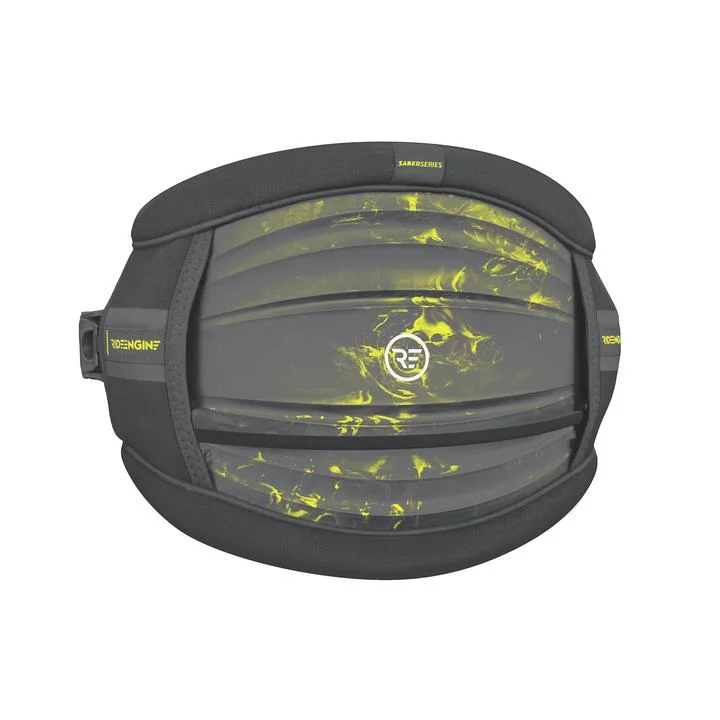Despite its importance, a harness is often undervalued. Never let a bad-fitting harness limit your progress or your sessions.
If you’re serious about kite foiling, you need to know about the best harness for kitefoiling. Discover the full freedom of movement with the original hardshell harness, with sliding rope combination.
With an ever-growing wealth of tech talk about foiling, wing sizes and shapes, material type, board
styles and kite profile, one piece of the equation that’s often an afterthought is the harness. Your harness is your connection to the wind. If that relationship is uncomfortable or inadequate, it will impede the quality of your session. If you’ve ever struggled with a harness that doesn’t fit right, hurts your back,
squeezes and twists around your waist or rides up to your armpits, you know just how important a good
one really is. So, what is the best harness for foiling? Simple: A hard-shell harness with a sliding rope spreader bar.
Ride Engine created the concept years ago and, seeing just how impactful it was, several other brands have followed suit with their own versions. The concept is brilliant- integrate a hard shell into the backplate of a harness to provide rigid support that doesn’t squeeze your waist, twist or ride up the way
traditional harnesses are notorious for. The shell locks in place in the lumbar section of your back, while the sliding rope spreader bar provides a fluid connection to your kite that allows you to rotate your hips and change the kite’s angle of pull without having to twist your harness.
These benefits are golden for foiling. Whether you’re edging upwind, riding toeside, long-distance
touring or just cruising, the low-profile fit, the support and the freedom of movement will completely
change your foiling experience.
If you’re in the market, we highly recommend checking a Ride Engine hard shell harness with a sliding rope spreader
bar. You won’t regret it.




